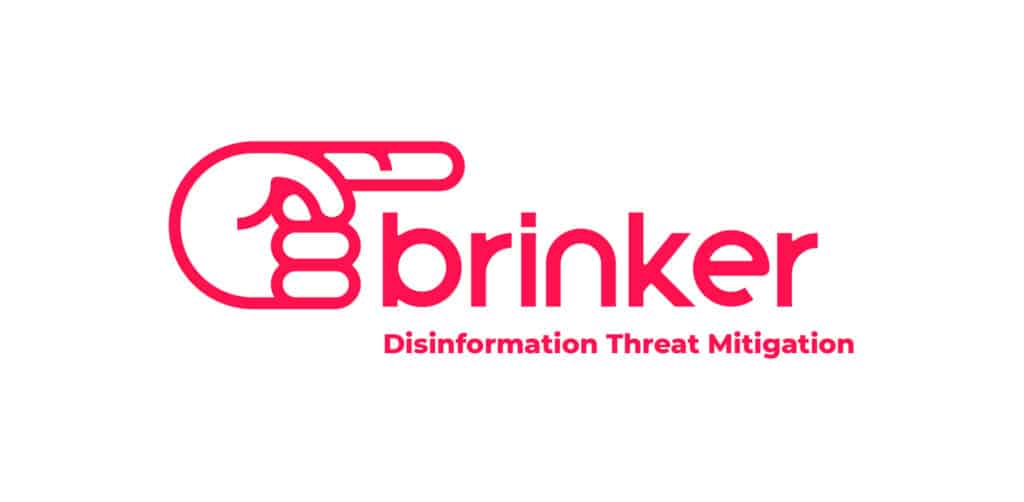With another busy week behind us in the security world, we sat down with Zach Lanier, a senior security researcher for mobile authentication specialist Duo Security. Zach is a recognized authority on the security of mobile devices, and was able to talk about some ongoing research he’s doing on Blackberry’s BB10 operating system. Zach told us that Blackberry 10, the latest version of Blackberry’s mobile operating system, is a big improvement over previous versions, including the TabletOS that Blackberry (formerly Research in Motion) used for its PlayBook – the company’s first foray into the tablet space. But Lanier and fixed many of the information leaks that he and others found in TabletOS and reported to the company. “But there are still lots of questions we’re looking to answer,” Lanier said. Among other things, Lanier is examining whether Blackberry 10’s support for so many different runtimes might pose security problems for […]
Mobile
In Next Phase: Web Tracking Cookies Grow Legs
It’s easy to focus on the low hanging fruit in the Internet of Things revolution – the Internet-connected thermostats, connected vehicles and lawn sprinklers that you can manage from the Web. But the biggest changes are yet to come – as powerful, wearable technology, remote sensors and powerful data analytics combine to map and record our every waking (and sleeping) moment. I got a glimpse of that reading this article over at the blog StreetFightMag.com, a site that concentrates on the hyperlocal marketing sector. Hyperlocal was a big thing about six or seven years ago, as online media outfit (and their advertisers) decided that consumers were losing interest in the thin gruel that online mass-media provided, but remained intensely interested in local news and affairs. Alas, capitalizing on the relatively small-scale opportunities in ‘hyperlocal’ proved harder than anyone thought, as this week’s decision to shutter AOL’s remaining Patch web […]
Cisco Combines Linux, IOS For Internet of Things
Networking equipment giant Cisco Systems said that it is combining elements of the open source Linux operating system to its IOS firmware, launching a new architecture it calls “IOx” that will connect the billions of intelligent devices that will make up the Internet of Things. The new architecture was announced at Distributech in San Antonio – a trade show for the utility industry, on Wednesday. The company said IOx will make it easier for its customers to connect Internet of Things devices to back-end resources and the larger Internet. As it stands, the Internet of Things ecosystem is fragmented. Intelligent devices like the Nest Thermostat typically communicate back to proprietary cloud resources and might communicate with their surroundings using any one of a number of wireless protocols, including Bluetooth, Bluetooth Low Energy, Zigbee, Z-Wave, and so on. That balkanization has made it hard to create IoT solutions that span different families […]
Are Wearables The Future Of Authentication?
CIO Magazine has an interesting round-up piece that looks at the enterprise impact of wearable technology, which you can read here. Much of this is what you’d expect: FitBit, Google Glass and the (coming) tsunami of smart watches that will soon wash over us. The Cliff’s Notes version is that adoption of wearables will be rapid in verticals that are positioned to leverage the technology early on – such as healthcare and retail. But the piece argues that enterprises risk ‘missing’ the wearable wave in the same way that they ‘missed’ (or at least didn’t plan for) the mobile computing revolution. What might planning entail? Pilots, apparently – maybe of Google Glass or a competing technology. [Read more Security Ledger coverage of wearable technology. ] An interesting side note concerns a possible enterprise ‘killer app’ for wearables; authentication. The article quotes Forrester Analyst J.P. Gownders saying that wearable technology, with integrated biometric […]
Cisco Survey: 100% of Fortune 500 Hosting Malware?
If you’re working in IT at a Fortune 500 firm, Cisco Systems has some unwelcome news: you have a malware problem. According to the 2013 Annual Security Report from the networking giant, 100 percent of 30 Fortune 500 firms it surveyed sent traffic to Web sites that host malware. Ninety-six percent of those networks communicated with hijacked servers operated by cyber criminals or other malicious actors and 92 percent transmitted traffic to Web pages without content, which typically host malicious activity. “It was surprising that it was 100 percent, but we know that it’s not if you’re going to be compromised, but when,” said Levi Gundert, a technical lead in Cisco’s Threat Research, Analysis and Communications (TRAC) group in an interview with The Security Ledger. Among the high points (or low points) in Cisco’s Report: Cisco observed the highest number of vulnerabilities and threats on its Intellishield alert service in the 13 years […]






